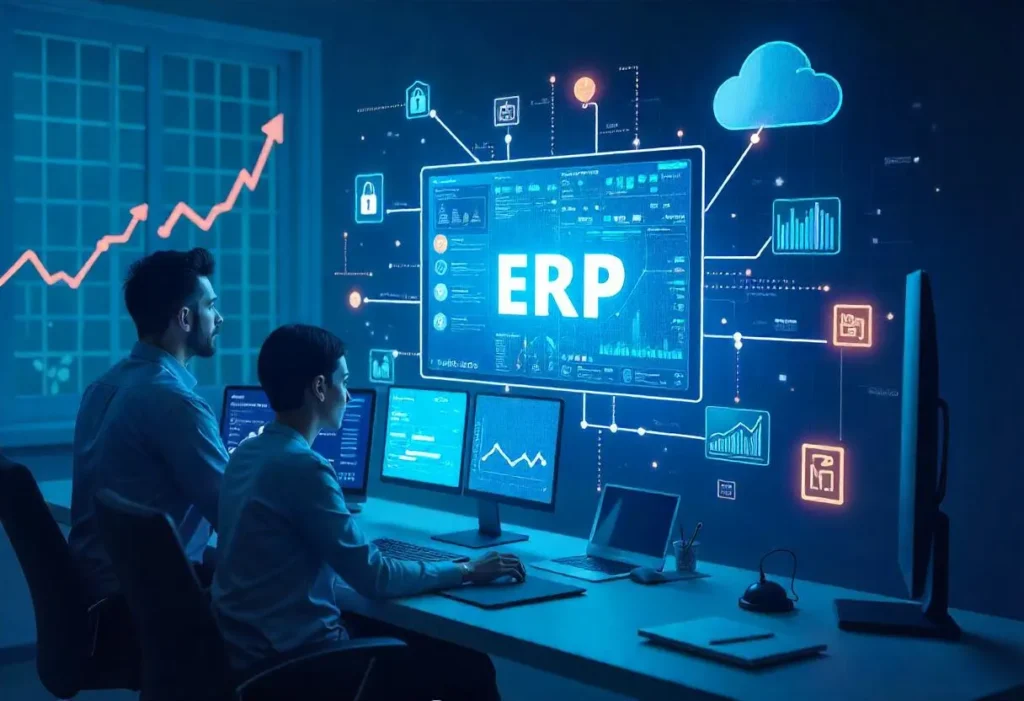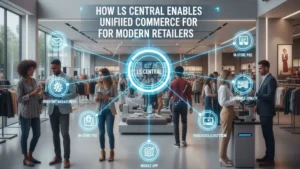How Proactive Monitoring Can Save Thousands in ERP Downtime Costs
In today’s fast-paced, tech-driven business environment, enterprise resource planning (ERP) systems play a critical role in managing core operations — from finance and supply chain to manufacturing and customer service. Any disruption to these systems, even momentarily, can lead to significant productivity losses, missed orders, compliance risks, and reputational damage. Downtime is no longer just an IT issue — it’s a business emergency. That’s where proactive ERP monitoring becomes a game-changer. By identifying and addressing problems before they escalate, organizations can avoid costly disruptions, protect data integrity, and maximize ROI. The True Cost of ERP Downtime ERP systems are the backbone of many organizations, particularly those using platforms like Microsoft Dynamics 365, SAP, or Oracle. According to industry reports, ERP downtime can cost companies an average of $5,600 per minute, depending on the size of the business and the nature of the disruption. Downtime Costs Include: These issues are even more critical in sectors like manufacturing, logistics, and retail, where real-time data and continuous operations are essential. What Is Proactive ERP Monitoring? Proactive monitoring refers to the real-time observation and analysis of ERP system performance, security, and integrations to detect anomalies before they cause system failures. Rather than reacting to incidents after they happen, proactive monitoring enables businesses to: Why It Matters More Than Ever 1. Increased System Complexity: Modern ERP systems like Dynamics 365 are cloud-based, modular, and heavily integrated with third-party tools. As complexity increases, so does the risk of unnoticed failures. 2. Cybersecurity Risks: With cyberattacks on the rise, real-time monitoring can catch unauthorized access attempts or unusual system behaviors before data breaches occur. 3. Remote Work and Global Access: Companies now have employees, partners, and customers accessing ERP systems across time zones. Any downtime can affect users across multiple geographies. Key Components of Proactive ERP Monitoring Here’s what a robust ERP monitoring strategy should include: Performance Monitoring Tracks system speed, CPU usage, memory, response times, and transaction loads to ensure optimal performance. Integration Health Checks Monitors real-time communication between ERP modules and other business systems like CRMs, e-commerce platforms, or financial software. User Activity Tracking Logs user sessions, login anomalies, or unauthorized data exports to prevent insider threats. Data Integrity Checks Ensures that records (invoices, inventory, orders) are accurate, up-to-date, and synced correctly across modules. Automated Alerts and Reports Get notified immediately if the system is slowing down, errors occur, or abnormal activities are detected. The Role of AI & Machine Learning in Monitoring Modern ERP monitoring tools use AI and machine learning to detect patterns and predict failures. For instance: Predictive analytics allows businesses to take preventive action — before a failure disrupts operations. Real-World Cost Savings: A Quick Example Let’s assume a manufacturing company experiences ERP downtimes per year, each lasting 2 hours. With an average cost of $20,000 per hour, that’s $120,000 lost annually. Now imagine they invest in proactive monitoring at $1,000/month. If monitoring helps prevent even one outage, the $12,000 yearly investment pays for itself tenfold. How Microsoft Dynamics 365 Supports Proactive Monitoring If you’re using Microsoft Dynamics 365, the platform offers several built-in and third-party tools for real-time system monitoring: For more advanced needs, many organizations partner with a Microsoft Dynamics 365 Partner to implement custom monitoring dashboards and 24/7 support. Benefits of Proactive ERP Monitoring Benefit Description Cost Savings Avoid emergency repair costs, lost revenue, and productivity losses Better Decision Making Access to real-time performance insights Enhanced Security Detect and respond to threats before damage is done Improved Performance Resolve bottlenecks and optimize workflows continuously Business Continuity Keep operations running smoothly with minimal disruption Scalable Support Easily manage multi-location or multi-module ERP setups Best Practices for Implementing Proactive ERP Monitoring Frequently Asked Questions (FAQs) Q 1: What is the difference between reactive and proactive ERP support? Ans: Reactive support responds after an issue has occurred. Proactive support monitors and resolves potential issues before they impact your system or users. Q 2: Is proactive ERP monitoring only for large enterprises? Ans: No. Mid-size and even small businesses benefit greatly, especially if their operations rely heavily on ERP systems for daily functioning. Q 3: Can I monitor Dynamics 365 performance without third-party tools? Ans: Yes, Microsoft offers built-in tools like Azure Monitor and Lifecycle Services (LCS), but third-party tools or a support partner can offer more detailed insights. Q 4: What kind of ROI can I expect from proactive ERP monitoring? Ans: Companies often save tens of thousands annually by avoiding downtime, reducing IT support costs, and increasing system longevity. Conclusion ERP systems are mission-critical. Yet many businesses still rely on break-fix approaches to maintain them. That’s no longer enough. By shifting to proactive ERP monitoring, companies can prevent disruptions, reduce long-term IT costs, enhance performance, and gain peace of mind knowing their operations are running smoothly. Whether you’re using Microsoft Dynamics 365, SAP, or another platform — the cost of downtime is too high to ignore. Now’s the time to move from reactive firefighting to proactive strategy.
How Proactive Monitoring Can Save Thousands in ERP Downtime Costs Read More »












